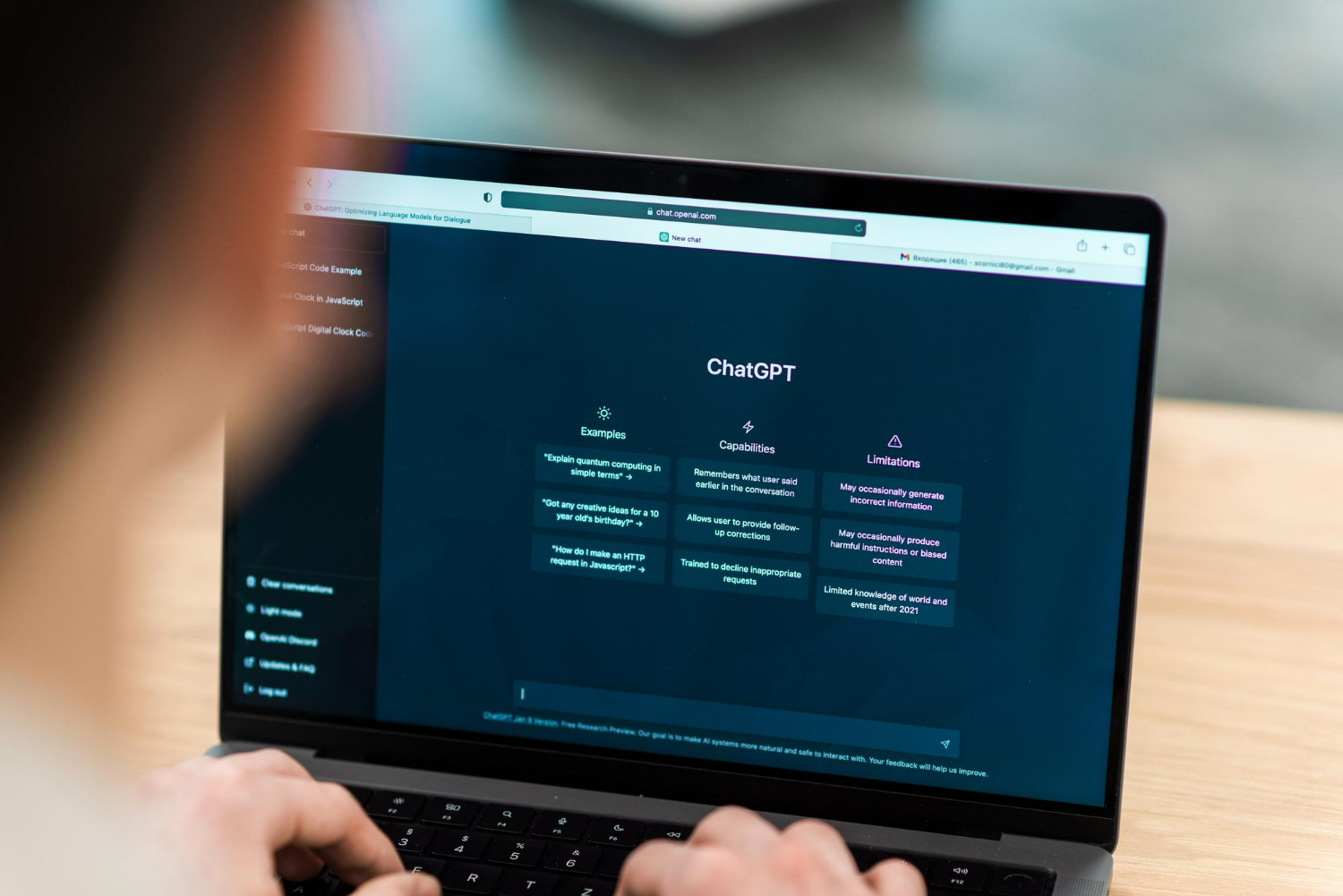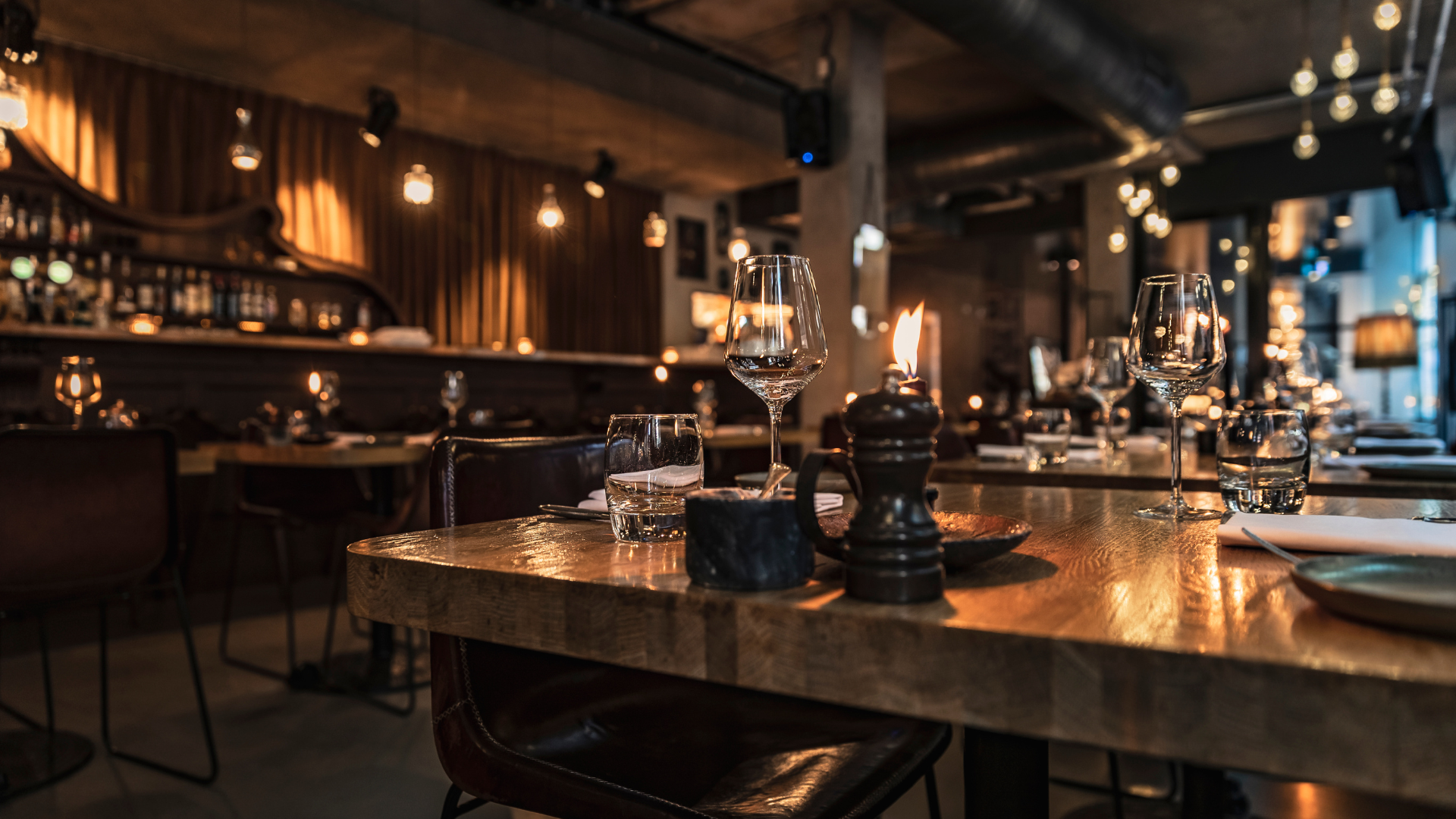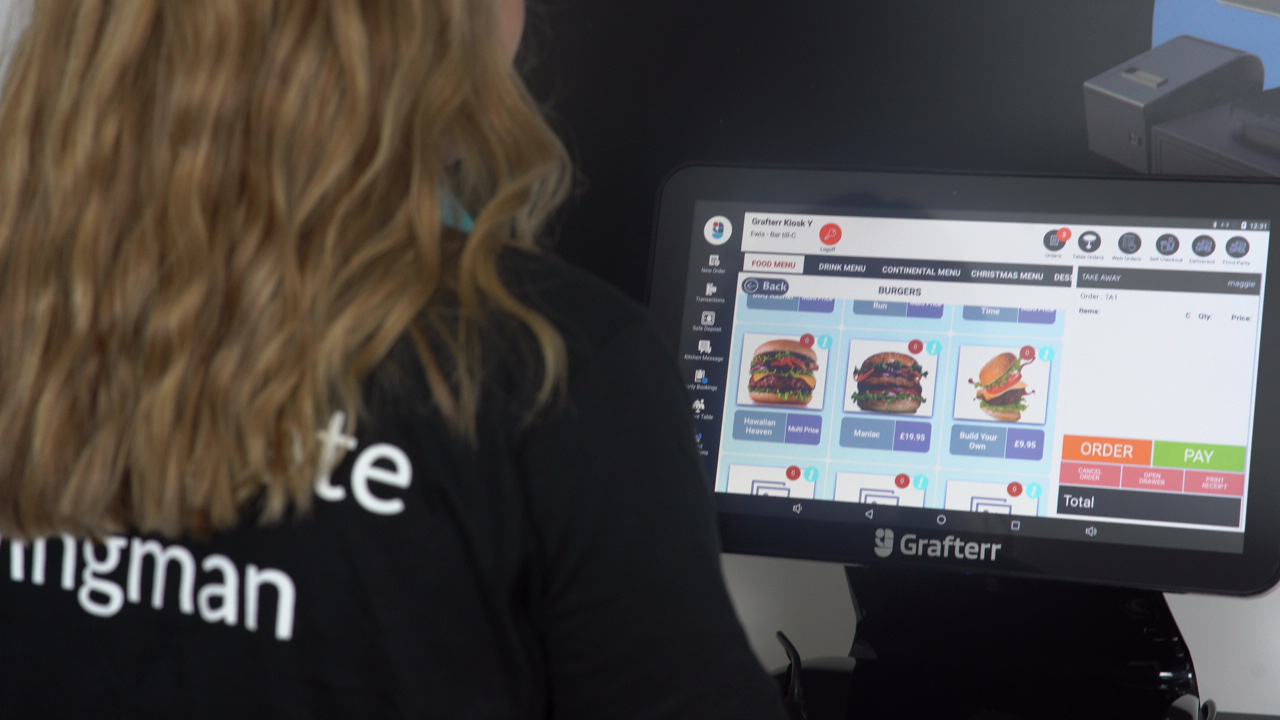Conversational AI is a field of artificial intelligence that mimics human-like conversations between machines and humans. It’s all about training computers to engage in natural, fluid conversations. This, in turn, blurs the lines between human interactions and digital interfaces. And ChatGPT lies at the heart of this — a language model tailored to comprehend context, respond coherently, and simulate human-like interactions.
This technological stride has various applications in all domains ranging from customer support to content generation. But what are its implications in the hospitality industry – known for person-to-person interactions? The hospitality industry breathes customer engagement. It is where every interaction comes together to craft a memorable experience. Imagine the impact of introducing Conversational AI into this culinary landscape.
The possibilities are endless, from handling reservations and queries to assisting with menu choices and even processing orders. In this blog, we’ll dive into the capabilities of Conversational AI and ChatGPT, exploring how this dynamic duo could reshape operations in UK restaurants. So let’s get into it!
ChatGPT and the UK restaurant industry
Integrating AI tools like ChatGPT has emerged as a strategic move in the UK’s restaurant industry, alongside bars, cafes, and takeaways. The driving force behind this shift is the urge to enhance efficiency in the hospitality industry and elevate the customer experience. This is because restaurants often face hurdles like errors arising from overbooked staff, language barriers, and limited round-the-clock support. Thanks to ChatGPT’s debut, restaurants and eateries can now curtail such discrepancies.
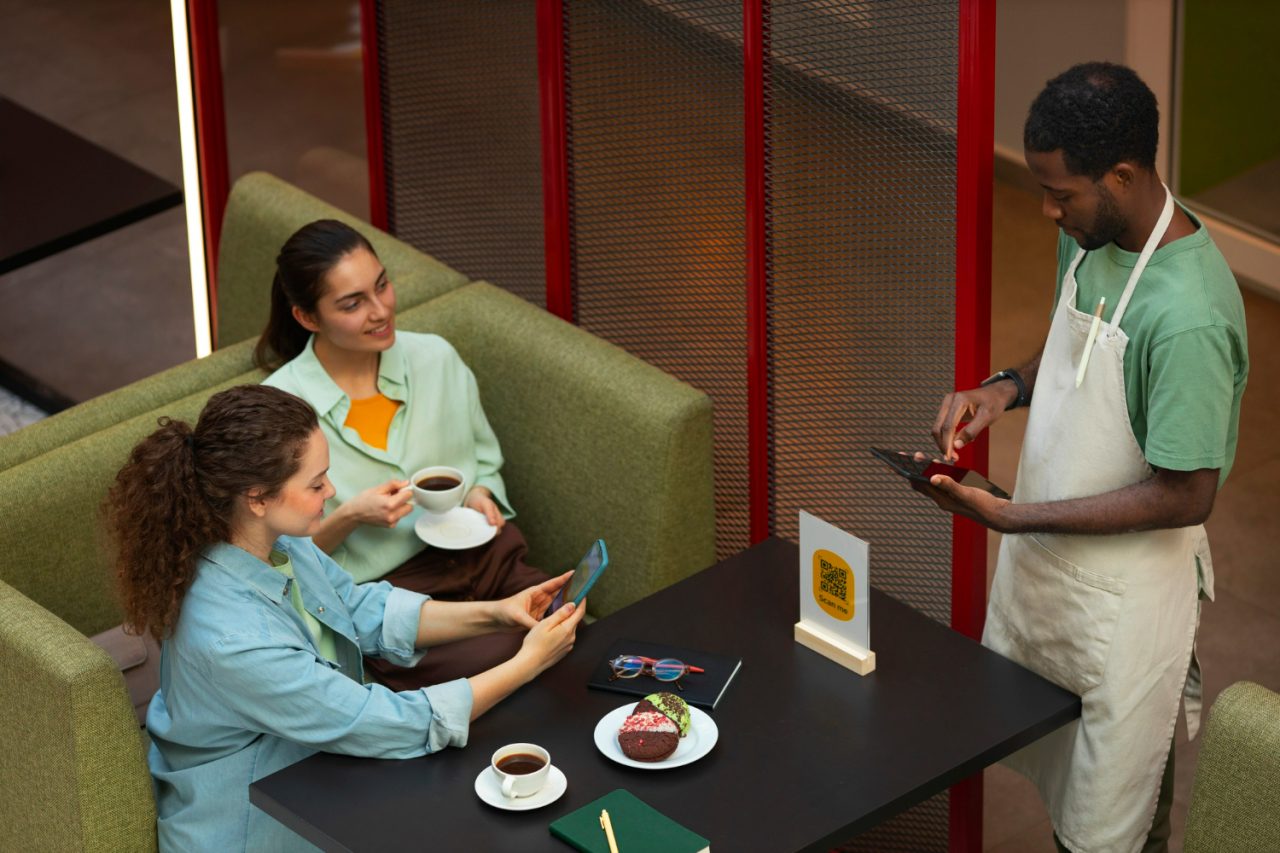
AI tools for restaurants whip up creative menu ideas that hit all the right spots. And not just that – it also helps them with social media posts. From mouthwatering food pics to captions, it’s all on the table. Moreover, have you ever gotten an email from a restaurant that actually felt personal? Well, you might have ChatGPT to thank for that. These AI sidekicks also dive into research mode, scouring food trends, customer preferences, and whatnot. It’s not just about the recipes; it’s about serving what’s in demand.
And, of course, the superstar role: customer queries. Gone are the days of being put on hold forever. These AI helpers are like 24/7 attendants. ChatGPT for hospitality businesses can answer your questions, take reservations, and even suggest wine pairings.
Real-Life examples
An early pioneer of this trend, Pizza Hut, introduced a Messenger-based chatbot back in 2016, catering to the evolving preferences of the digital-savvy generation. Notably, Wendy’s collaborated with Google to introduce a dynamic chatbot for their drive-through. It was designed to decode various accents and dialects amidst the noise of a car.
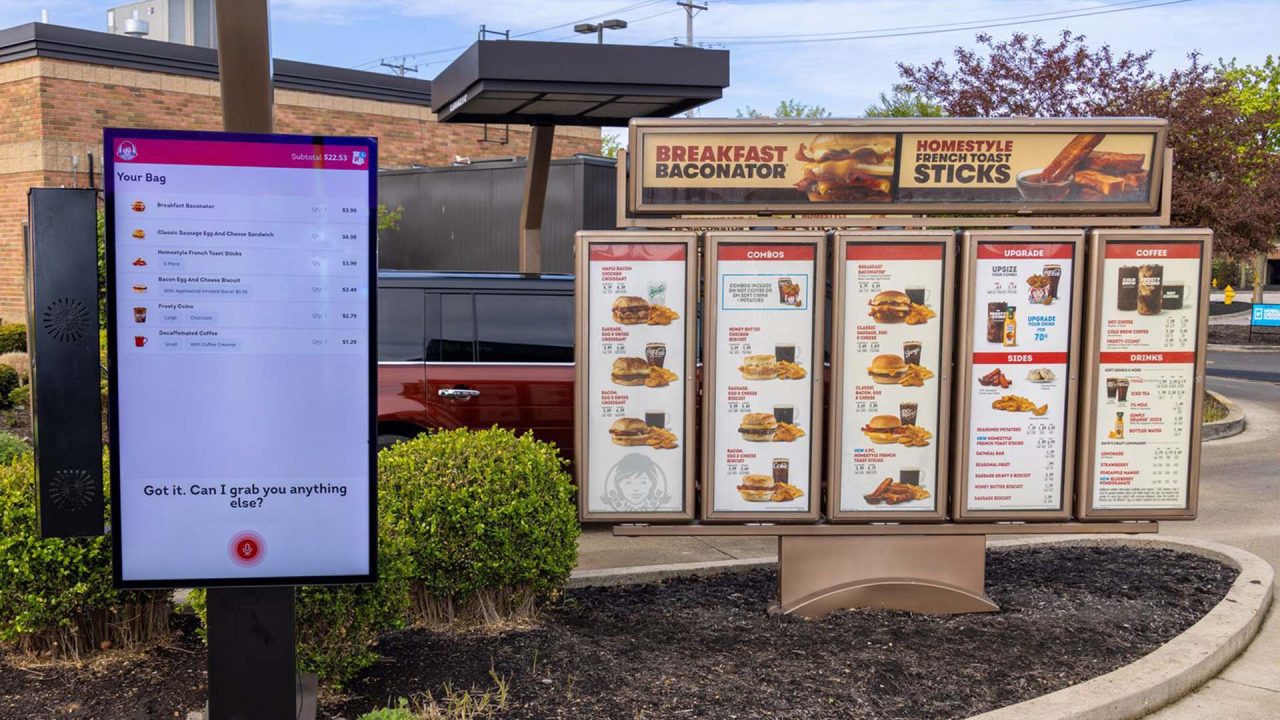
Moreover, AI’s reach stretches beyond the dining tables. The likes of Makeat, Tastewise, NotCo, and Climax Foods are embracing AI for new product development and personalised recommendations. Innovations like NotCo’s algorithm for replicating animal products with plants showcase AI’s potential for sustainable food production.
Applications of ChatGPT in restaurants
ChatGPT has plenty of applications in the restaurant industry. These can help you scale your operations, cater to your clientele better, and amp up your restaurant game. Let’s dive into some of these specific application scenarios.
1. Customer service
Running a restaurant comes with its share of challenges, but ChatGPT can be your ally in making customer service smoother. With GPT-4 chatbots, you can answer customer questions about operating hours, location, and menu availability quickly and efficiently. This means your customers can receive straightforward answers without digging through FAQs, enhancing customer satisfaction. Your customers can also receive detailed descriptions and nutritional information about your dishes. This translates into an elevated dining experience without inconveniences.
Moreover, Conversational AI can also help you deal with complaints and respond promptly to queries. All you need to do is train ChatGPT with common questions and complaints, and it generates responses that are on point. It’s like a shortcut to customer satisfaction, and it’s all in line with your brand’s style. Think about all those everyday questions hungry customers throw your way. For example, let’s say a customer asks, “What time do you close?” or “Do you have vegetarian options?”
In this case, your programmed AI will pick out words like “time” and “close” and reply, “Our closing times are 9 pm on weekdays and 11:30 pm on Sundays“. It’s like your own pocket FAQ that saves both time and patience. To get the best out of ChatGPT, feed it FAQs, customer feedback, and complaints. That way, it knows your customers and crafts responses that hit the mark. It’s like having a personalised assistant who knows just what to say.
2. Order management
ChatGPT comes in handy when it comes to order management. You can utilise its chatbot to take customer orders through various channels like your website or even messaging apps. This reduces any mix-ups or misunderstandings due to manual order-taking. ChatGPT can quickly understand and confirm the items they want when a customer pings in an order. It can even suggest add-ons or alternatives to your customers if something is not available. Once the order is confirmed, ChatGPT can calculate the total bill, including taxes and all those extra charges.
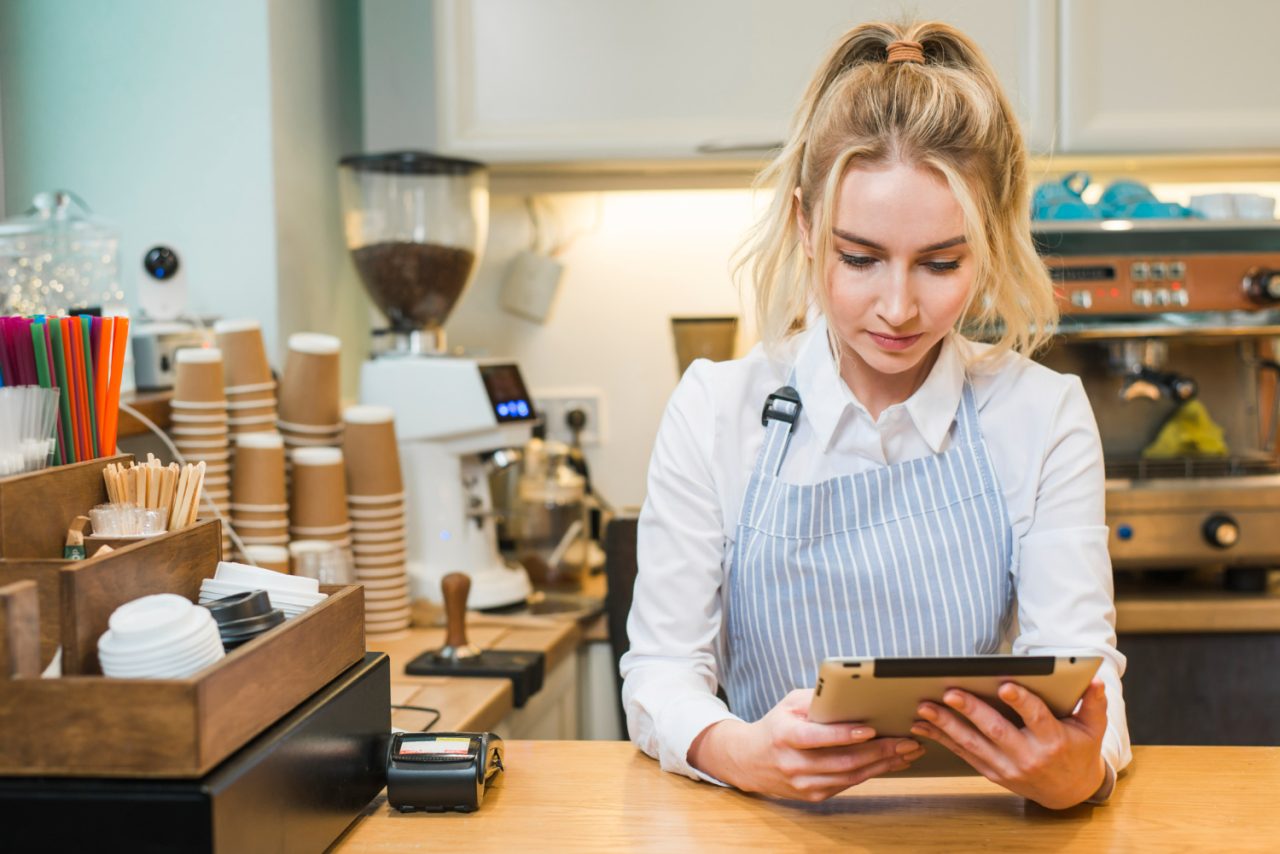
Moreover, ChatGPT doesn’t just stop at taking orders. It can keep the customers informed about their order status. Whether it’s being prepared, cooked, or on its way for delivery, ChatGPT can shoot quick updates. This keeps customers in the loop, reducing those “Where’s my order?” calls. Plus, it remembers all the special requests like extra cheese, no onions, or a side of mayo. It jots down all these specifics accurately, so the kitchen staff gets things just the way the customer wants.
3. Staff training
ChatGPT can transform staff training in restaurants by making it more personalised and practical. By utilising ChatGPT, restaurants can curate interactive training modules for their staff. These modules can simulate real-life concerns that employees usually encounter, like handling customer queries or taking orders.
You can also train your staff to deal with customer queries and explain menu items. In this way, each employee will receive guidance on the arenas they are struggling with. For instance, a new server might ask, “How do I handle customer complaints?” And Chat OpenAi is there with practical suggestions.
ChatGPT can also spot skill gaps within your staff and say, “Hey, your cocktail-making skills are on point, but let’s work on wine recommendations.” Also, restaurants can train their Conversational AI to suggest relevant materials like videos or quizzes to upskill. This will, in turn, help you retain the best restaurant staff.
4. Task automation
Restaurants can leverage ChatGPT for task automation in various ways to enhance operational efficiency and customer experience. For instance, integrated inventory and purchasing systems can be streamlined through AI technology. By analysing historical data, ChatGPT can offer real-time ingredient and supply procurement recommendations, preventing shortages while reducing food waste through more accurate purchasing.
Moreover, AI can play a pivotal role in smarter staffing and scheduling. By analysing sales and customer traffic patterns, ChatGPT can help restaurants adjust their employee schedules to align with demand. This ensures optimal customer service and minimises labour costs by avoiding overstaffing during slower periods. Moreover, ChatGPT for restaurant can assist delivery drivers in planning the most efficient routes, utilising mapping data to avoid traffic bottlenecks and other obstacles.
Looking ahead
The future of AI looks promising, with robust potential for transforming the dining experience in multiple ways. AI is poised to revolutionise how we interact with our customers and run our operations. One trend we can anticipate is the introduction of AI-powered chatbots for tailored recommendations, prompt assistance, and round-the-clock support. These bots can deal with reservations, book orders, and handle customer queries.
Plus, AI-powered data analysis will help eateries gain in-depth insights into customer preferences. This will, in turn, lead to customised menu options and targeted marketing campaigns. Moreover, in the kitchen, AI-assisted cooking systems could aid chefs in curating novel recipes. They can adjust their cooking parameters in real-time with the help of AI. Hospitality AI also has the power to optimise inventory management, reduce waste, and cut costs with the growth of smart kitchens.
Conclusion
From streamlining reservations and orders to offering instant customer support, ChatGPT is like that reliable friend who always has your back. With ChatGPT for restaurants, placing reservations has become a breeze. No more endless holds on the phone or misunderstandings. Moreover, you no longer need to wait impatiently for assistance at your favourite restaurants. AI can curate menus tailored to your dietary preferences, give real-time recommendations based on past orders, and even generate AI specials crafted to perfection.
All in all, AI holds immense potential to transform how restaurants operate. It can help streamline your operations and result in more satisfied customers. But how can you utilise all of these tech tools to your benefit? That’s where we come in. Grafterr ePOS can help you make smart choices for your restaurant so you can focus on what matters – running your eatery seamlessly!
